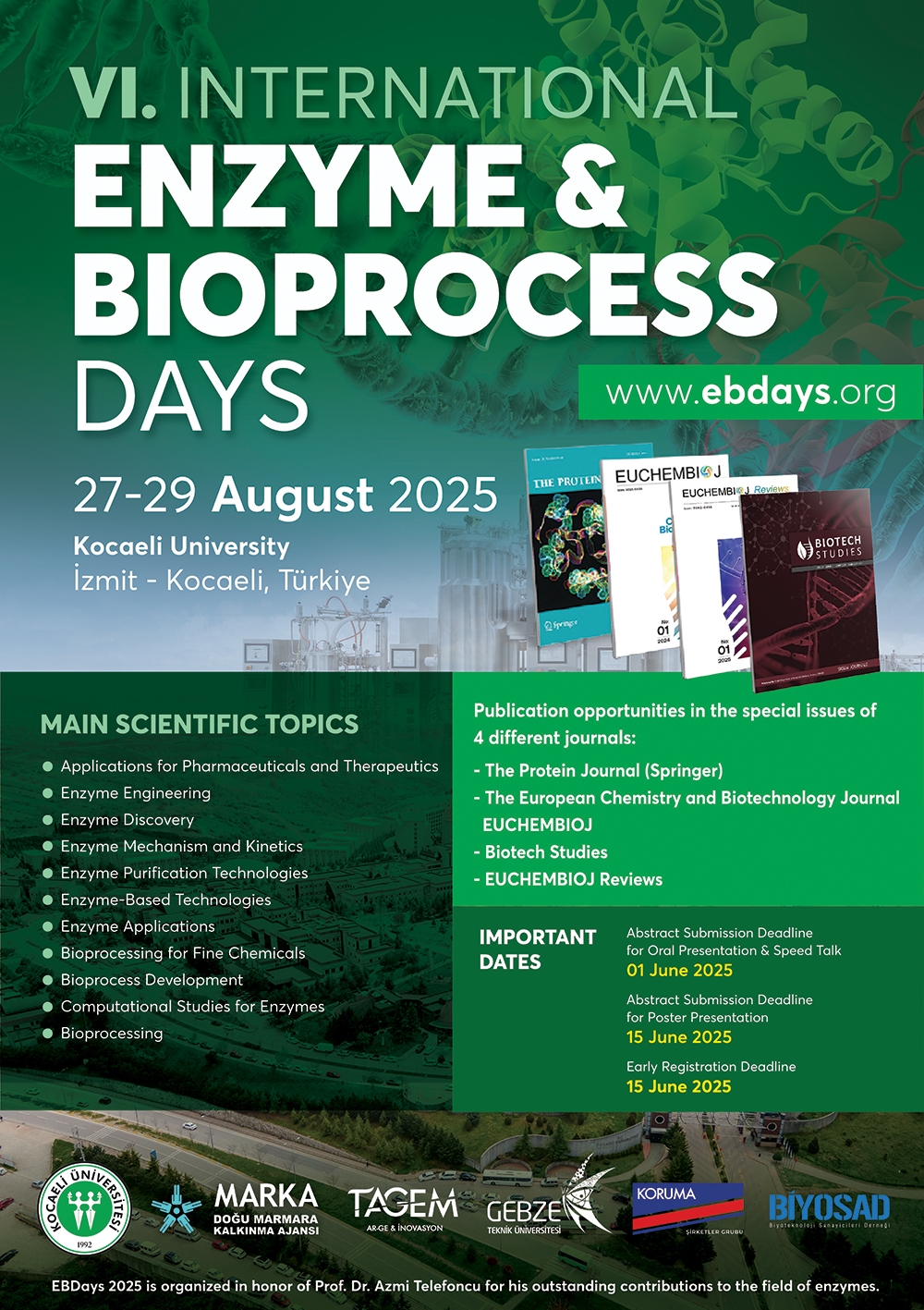Biotech Studies
2014, Vol 23, Num, 1 (Pages: 022-030)
Improvement Possibilities and Effects of Vegetation Subjected to Long-Term Heavy Grazing in the Steppe Rangelands of Sivas
2 Çankırı Karatekin University, Yapraklı Vocational School, Çankırı, Turkey - Rangelands are actually known as feed resources for animals. At the same time they have potential resources for multiple-uses such as water source, rich of flora and fauna, and recreation areas. They should be carefully used and conserved for their optimum benefits of long term. Deterioration and degradation process have still continued due to mismanagement of rangelands. Present range status should be reversed with good management practices. For this reason, field works were conducted on the rangelands of Sivas Province in years of 2008, 2009 and 2010. A modified wheel point method with loop was used for vegetation survey in the 103 representative study sites of rangelands in Sivas province. The results of this study indicated that vegetation cover was quantified as 60.68%. The cover rates of decreasers and increasers were 15.53% and 22.23%, respectively. The studied sites numbers were 6, 62, and 35 for good, fair, and poor conditions, respectively. The 97 sites of total sites were identified as fair and poor in condition based on the rangeland condition classes. On the other hand, 26 sites were found at healthy, 35 sites at risky and 42 sites at unhealthy in rangeland health categories. Total site number of the last two classes was 77. Study results indicate that rangelands are also in slow degradation trend and high potential for having been successively reversed to the climax situation with proper restoration and management practices for rangelands. Keywords : Rangeland condition, health, restoration, management
















